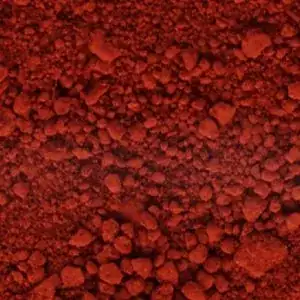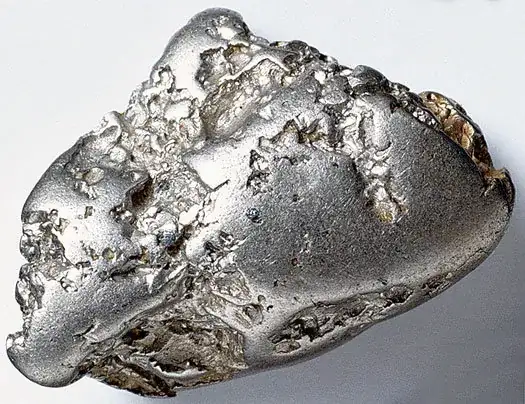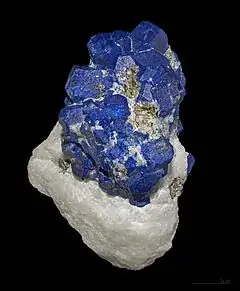While lunar images have proven that the American flags planted during the Apollo missions are still standing on the moon, lunar scientists have now said that they probably no longer hold the iconic stars and stripes — radiation from the sun most likely bleached out all the colors. The result? The flags are probably completely white by now. (Source)
The flags were made by Annin Flagmakers. They are nylon and cost NASA very little. Why so cheap? Didn't NASA know that it would eventually fade away?
What other material could NASA have used to avoid this radiation effect?


